Robert Ford became forever known as a "dirty little coward" after betraying and killing his friend, outlaw Jesse James, in St. Joseph, Missouri on April 3, 1882.
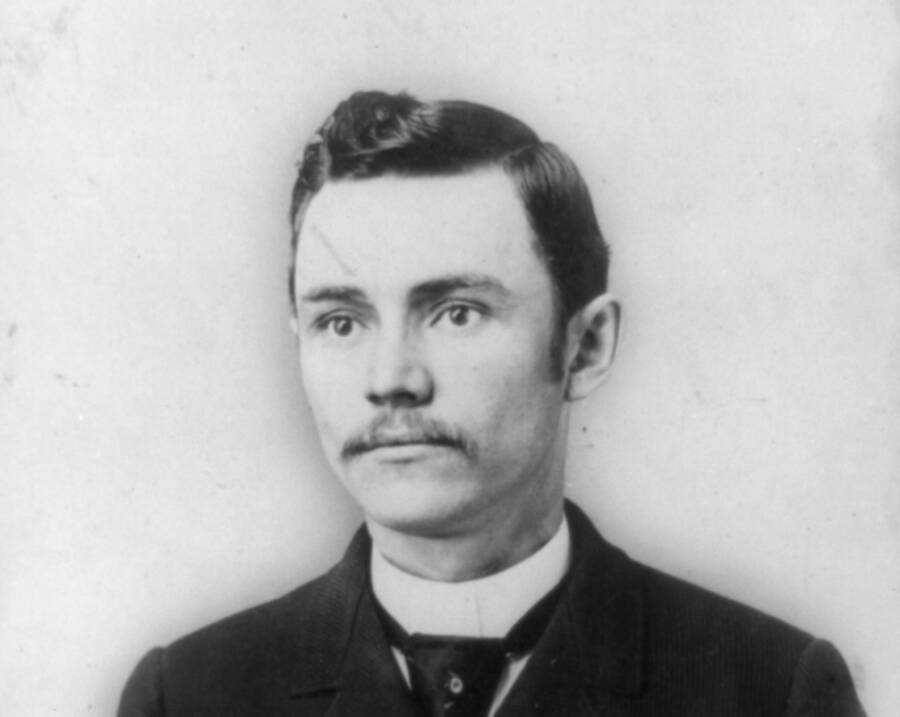
Library of CongressRobert Ford, the outlaw who idolized Jesse James before killing him himself in Missouri in 1882.
On the morning of April 3, 1882, the iconic Wild West outlaw Jesse James was having breakfast with two associates, brothers Charley and Robert Ford, at his home in St. Joseph, Missouri. The three men were planning to set out for a robbery when James suddenly became suspicious of his partners upon reading a newspaper story containing information about a friend’s recent murder that they should have already told him, but had apparently withheld.
Then, in an enigmatic move that remains mysterious to this day, James didn’t confront Charley and Robert Ford, but instead laid his pistols down and went to the living room wall to clean a dusty photo hanging there. It was then that Robert Ford, who had indeed betrayed James to the authorities and was there to collect the bounty on his head, pulled out his gun and shot his friend and partner in the back of the head.
Immediately, Robert Ford became a national sensation as the man who killed Jesse James — but he wasn’t celebrated. In fact, he was reviled as a traitor until the day he himself was shot dead in Colorado on June 8, 1892.
This is the story of Robert Ford, the so-called “coward” who shot Jesse James.
Robert Ford Joins Jesse James’ Gang Just Before It Starts To Crumble
When Robert Ford, born in Ray County, Missouri in 1861, shot Jesse James, he hadn’t killed an outlaw, he had killed a hero. At the time, James was already mythologized as an “American Robin Hood,” while Ford was viewed as a “traitor” who turned on James for a bounty.
However, when Robert “Bob” Ford first met James in 1880, he was an admirer of his exploits. He was just 18, and along with his older brother, Charley, he joined the James Gang.
While Charley took a more active role in the James Gang’s criminal activities — including, allegedly, their final train robbery on September 7, 1881 — Robert Ford’s role was mostly supportive in nature. He held the horses during raids, for example, and provided safe houses for the gang members.
That started to change in 1881, though. By then, the James Gang had started to diminish, and James turned to the Ford brothers to help him rebuild. Charley had already proven himself several times over. Bob, on the other hand, was an eager new recruit. Still, James never put Bob on the frontlines of their operations, relegating him instead to a position providing logistical support.
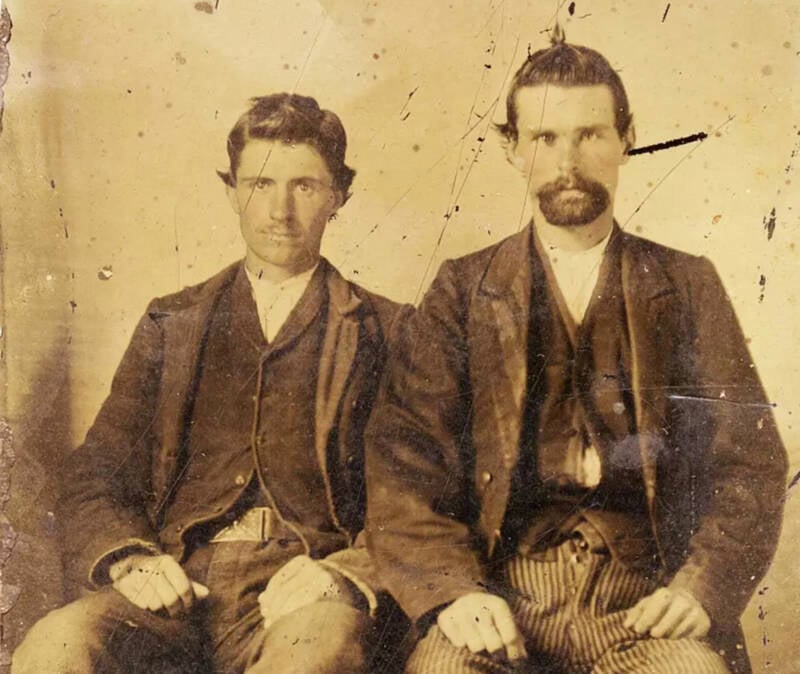
Sandra MillsA portrait of Robert Ford (left) and Jesse James.
Despite his admiration for Jesse James, Robert Ford couldn’t put his own ambitions aside. So, when the state of Missouri, under Governor Thomas T. Crittenden, placed a substantial bounty on Jesse James’ head, Ford and fellow gang member Dick Liddil began conspiring against James — a move that would ultimately cement his place in history not as a famous outlaw of the Wild West, but as a traitorous “coward.”
How Jesse James Became A Folk Hero Before Meeting The Ford Brothers
But why were the people so upset over James’ death? Surely, the death of an outlaw should have been cause to celebrate — and it would have been, if not for the Robin Hood-like persona James had crafted.
After the Civil War, the Southern United States grappled with Reconstruction, leading to widespread resentment among former Confederates. Jesse James, a former Confederate guerrilla, capitalized on this discontent. He and his gang targeted institutions like banks and railroads, which many Southerners viewed as oppressive symbols of Northern authority.
By framing their criminal activities as acts of resistance, the James Gang was able to garner sympathy from those who felt marginalized.
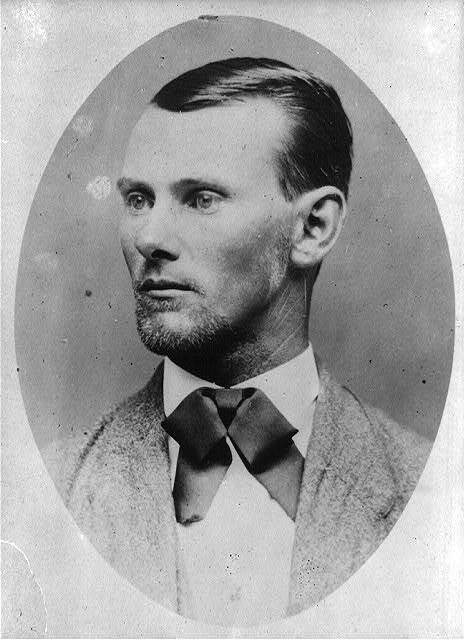
Library of CongressJesse James was one of the most infamous figures in the history of the Wild West in the years before he was killed by Robert Ford.
This rebellious image was pushed further by journalists like John Newman Edwards, an ex-Confederate soldier, who published letters from James that depicted him as a defender of the poor and an avenger against Northern exploitation. Evidently, this strategy worked, as the public soon elevated James to folk hero status.
Of course, there is no historical evidence to actually suggest Jesse James and his gang shared their spoils with the poor. In reality, the loot they stole only benefitted the gang. Their crimes were often violent, and their victims were often ordinary citizens — a far cry from the Robin Hood of legend.
Still, the people were enamored with him, and that included Robert Ford. Eventually, Ford and his brother Charley sought out James and asked to join his gang. James accepted their offer, though the Ford brothers never became full members of the gang, not really. They served as support for the gang, with Charley taking a slightly more active role in a few heists and robberies.
Tensions Take Root Between Robert Ford And Jesse James
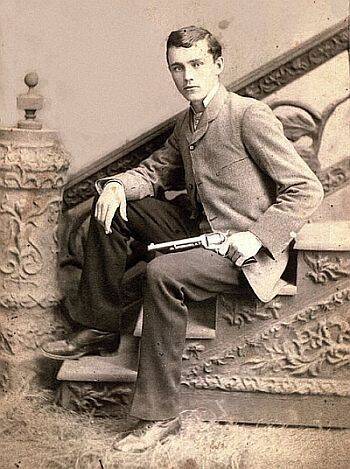
Wikimedia CommonsThe young Robert Ford admired Jesse James, but eventually saw an opportunity to turn on him.
It wasn’t until James started to lose members — either because they died or left — that he turned to the Ford brothers and enlisted their help to grow the gang once more. The Ford brothers moved in with Jesse and his family in St. Joseph, Missouri, where he was living under the name Thomas Howard.
Still, James rarely involved Robert in his criminal endeavors. He didn’t trust the kid enough, often leaving him behind to take over a more peripheral role. Perhaps understandably, Robert Ford came to resent Jesse James — and when Ford caught wind of the $5,000 bounty placed on James’ head, he though he had found his opportunity to make his fortune and cement his legacy.
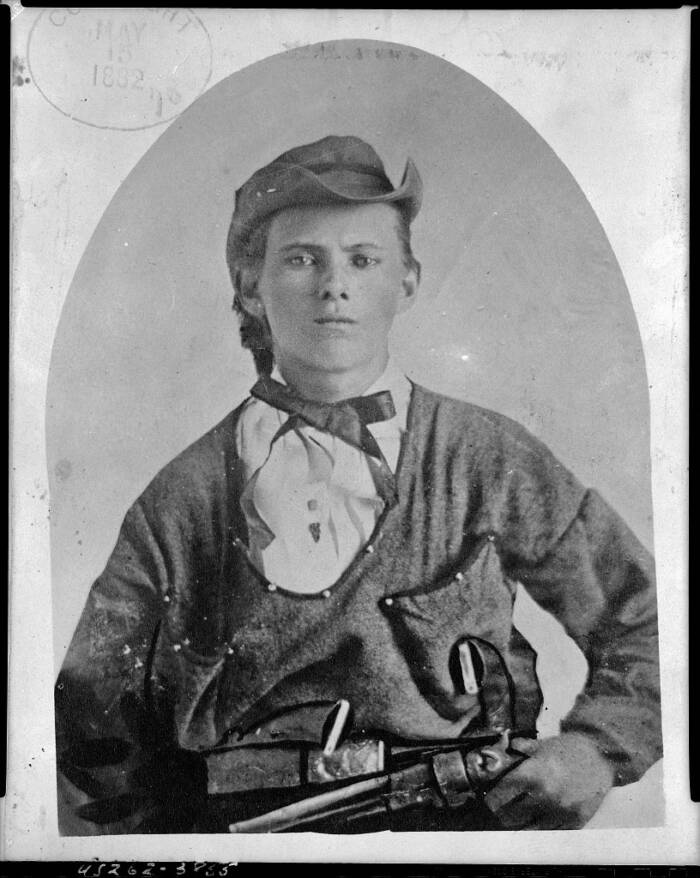
Library of CongressThe bounty on Jesse James’ head eventually reached $5,000.
In January 1882, two James Gang members, Wood Hite and Dick Liddil, got into an argument while hiding out in the home of Ford’s sister. Things escalated when they both drew their guns and shot each other. The wounds were superficial, but Ford retaliated and shot Hite in the head.
Now there was a problem: Ford had just killed Jesse James’ cousin. Hoping to conceal the crime, he buried Hite’s body a mile from the house.
Nonetheless, the crime was discovered, and Ford was arrested. But soon he was released on one condition: that he murder Jesse James. Missouri governor Thomas T. Crittenden assured Ford that he would receive a full pardon for the murder of Hite and James. Ford was also promised the full bounty placed on James’ head.
Robert Ford Shoots Jesse James Dead
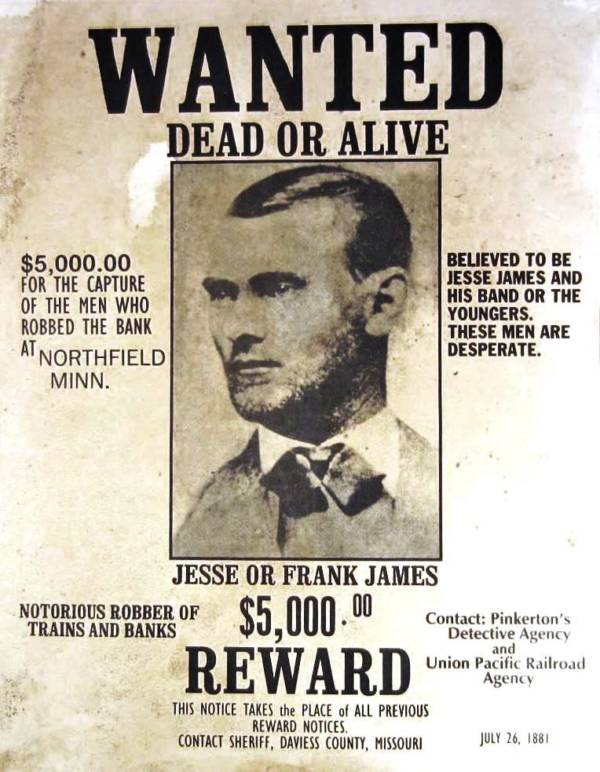
Wikimedia CommonsRobert Ford was promised the $5,000 bounty once he killed James, but actually received only a fraction of that amount.
To murder James, Ford needed his brother Charley to convince James to make him a fully-fledged member of the gang. James didn’t trust the Ford brothers, especially Bob. However, by March 1882 members of the James Gang had dwindled, so James agreed.
On April 3, 1882, the Ford brothers met James at his home in St. Joseph, Mo. After breakfast, they moved into the sitting room to discuss Jesse’s plan to rob the Platte City, Missouri Bank.
James noticed that a picture was hanging crooked on the wall, and turned his back on Bob to adjust it. As he did so, Bob drew his gun and shot him in the back of the head, killing him. He was 34 years old.
Minutes later the Ford brothers were running down the street, and Bob was yelling: “I killed him! I shot Jesse James!”
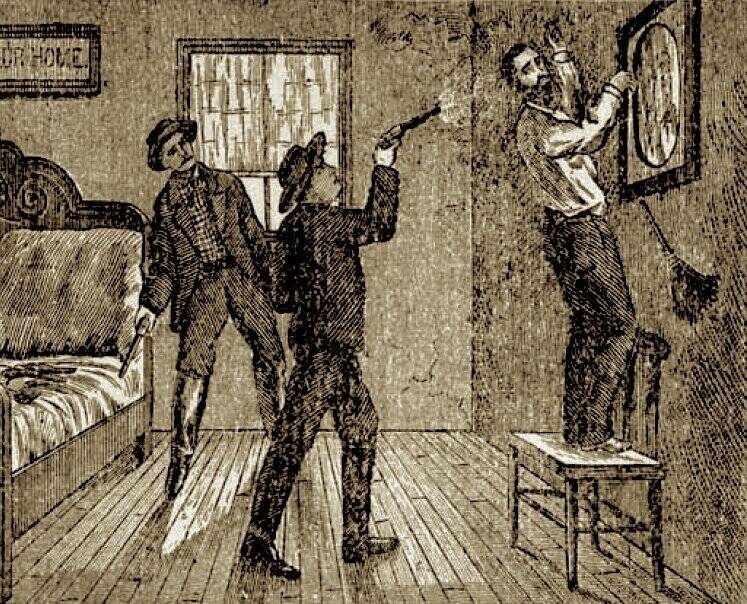
Wikimedia CommonsAn illustrated depiction of Robert Ford shooting Jesse James in the back.
However, if the Ford brothers thought they would be welcomed as heroes they were dead wrong. Initially, Bob was charged with the first-degree murder of both Wood Hite and Jesse James, while Charley was charged as his accomplice. Both were sentenced to hang.
Ford Becomes A Celebrity, But Is Derided As A “Coward”
Luckily for them, Governor Crittenden stepped in two hours after the trial and as promised granted Charley and Robert Ford a full pardon. But their luck was short lived.
They were given a reward, but it was much less than the amount promised. When they returned home to Richmond, the residents turned against them for their “traitorous” killing of James.
Charley heard that Frank James was seeking revenge on them for his brother’s murder. He spent the next two years repeatedly changing his identity and moving from place to place. But the pressure was too much and Charley killed himself in 1884.
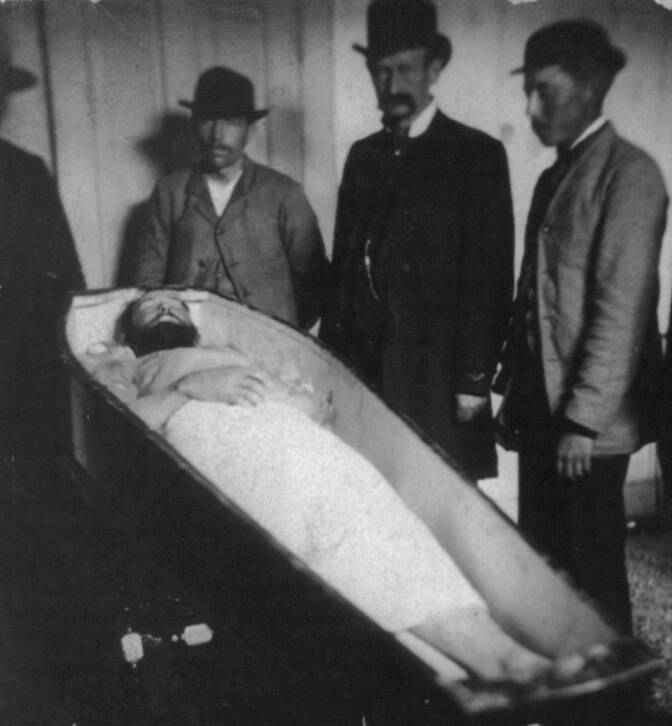
Library of CongressJesse James’ open casket.
Meanwhile, Robert Ford became an unwanted celebrity. Nightly he performed in the stage show Outlaws of Missouri, where he delivered his version of Jesse James’ final moments. Ford never told the audience that he had shot James from behind.
The audience would have nothing of it and they jeered and threatened Ford.
By now, James’ legend had reached its zenith, while Robert Ford was viewed as a loathsome creature. Audiences would chant lyrics from a popular song of the day at Ford’s events.
“The dirty little coward who shot Mr. Howard (James’ alias) and laid poor Jesse in his grave.”
Robert Ford’s Final Years Before His Murder
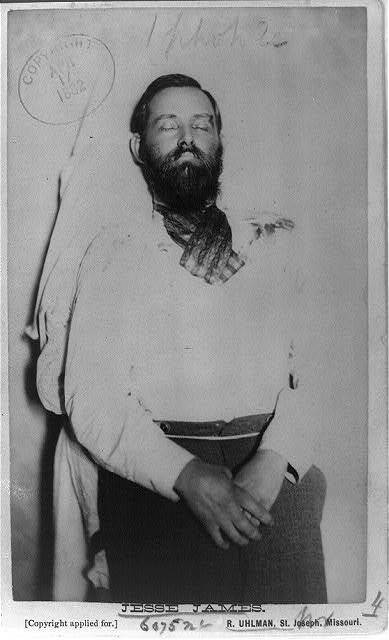
Library of CongressThe dead body of the outlaw Jesse James.
In response, he moved on and established a saloon in Las Vegas, but he was forced to leave there too.
Legend has it that Ford left after he lost a shooting contest with Jose Chavez y Chavez, an ally of Billy the Kid.
Another less glamorous claim is that Robert Ford was a pariah, and the few customers that did turn up, only did so to pick fights.
With the saloon out of business, Ford moved on to Creede, Colo. On May 29, 1892, he opened a dance hall but six days later it burned down along with Creede’s business district. Ford wasted no time in establishing a tent saloon in its place.
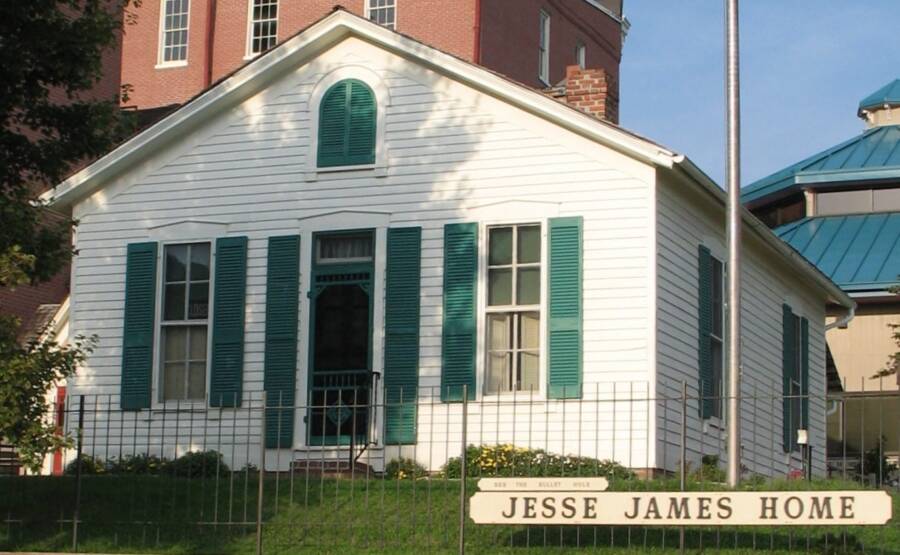
Wikimedia CommonsThe home in which Robert Ford killed Jesse James.
But on June 8, 1892, a man named Ed O. Kelly (or O’Kelley) was looking to settle a score with Ford. He stormed into Ford’s tent saloon armed with a 10-gauge shotgun. Ford had his back to Kelly. But unlike Ford, Kelly preferred to confront his enemies. He said, “Hello, Bob.” Ford turned to see who it was and Kelly emptied both barrels into his chest, killing him instantly. He was 30.
If it wasn’t for Jesse James, history wouldn’t care about Robert Ford. The public, still enamored with James, viewed Kelly as an avenger, and Ford would forever remain the “coward” who killed a legend.
After this look at Robert Ford, the man who killed Jesse James, read about Doc Holliday and the gunfight at the O.K. Corral.





